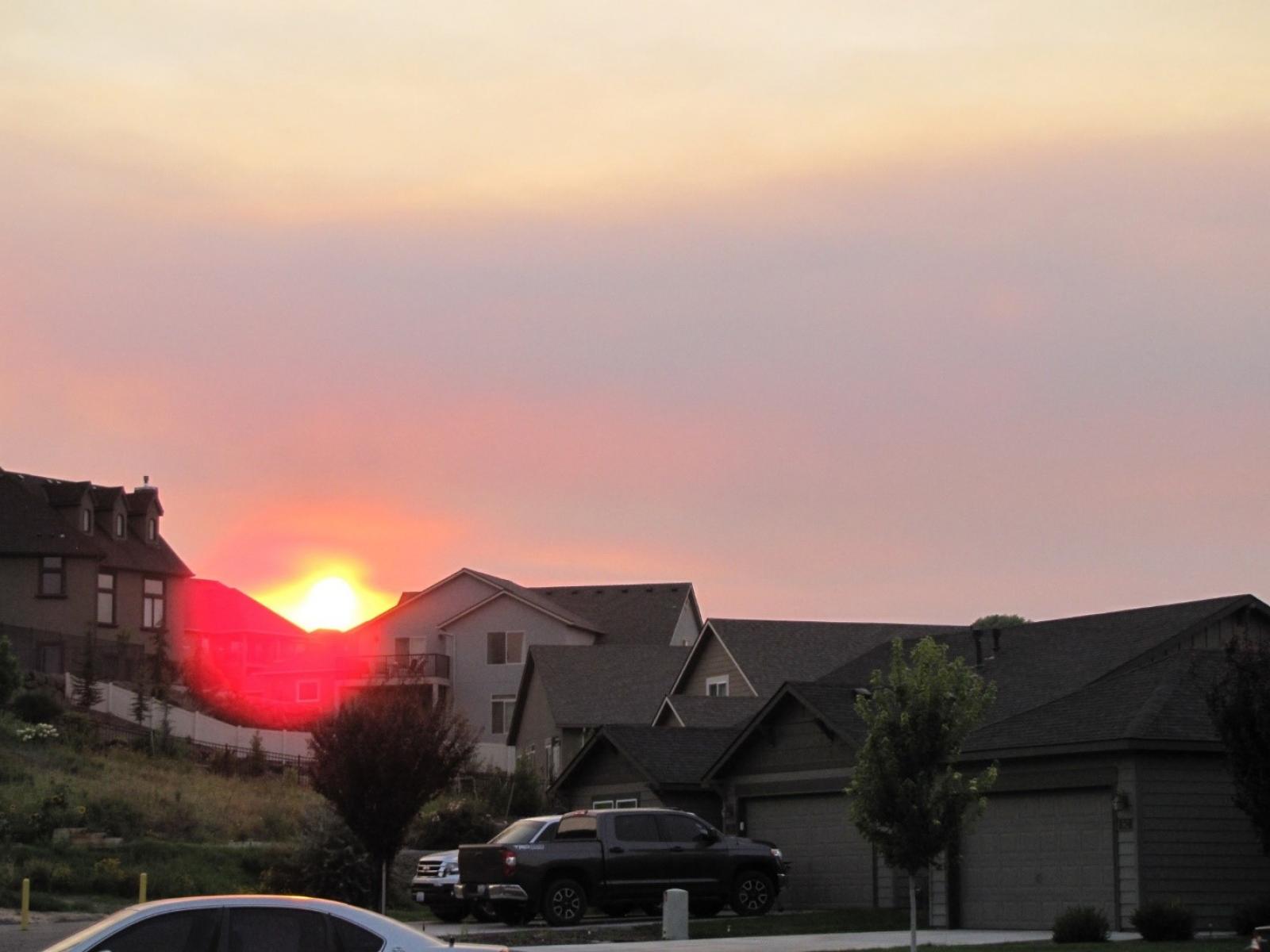A New Option for Determining Aerosol Absorption from Wildfires
Laboratory-based technique allows researchers to quantify aerosol absorption from field campaign samples

Measuring aerosol absorption coefficients in a laboratory enhances scientific understanding of aerosol properties and their impact on the atmospheric radiative budget.
(Image by Duli Chand | Pacific Northwest National Laboratory)
The Science
There are only a few techniques that measure aerosol absorption coefficients—the light absorbed by aerosols. This leaves a gap in understanding around aerosol optical properties. Simultaneous transmission/absorption photometry, or STAP, is a new method to measure absorption coefficients of stored samples of collected particles on filters in laboratory settings. STAP uses the radiation transmission law at visible wavelengths to calculate aerosol absorption coefficients. Researchers used STAP to estimate the aerosol absorption/extinction coefficient of particle-laden filters from wildfires. The STAP extinction coefficient matched the darkness of the filter coating and produced values that agreed with established techniques.
The Impact
The STAP method provides an additional approach for researchers to better understand and measure the aerosol absorption coefficient as well as estimate the related radiative forcing. An advantage of STAP is that it allows researchers to collect aerosol on multiple filters, store it, and analyze the samples following a field campaign period. This STAP approach can monitor a variety of particles from different sources, directly estimate absorptivity from temperature measurements, eliminate the calibration issues associated with light transmission/scattering approaches, and bypass the negative filter effects on particle absorption characteristics observed in other measurements.
Summary
Researchers carried out simultaneous transmission and absorption measurements in the visible light region (wavelength of ~ 532 nm) using a conventional particle soot absorption photometer (PSAP) in the field and by STAP in a laboratory. The PSAP samples were loaded/collected on filters from various flights taken by Atmospheric Radiation Measurement’s (ARM) Aerial Facility over wildland fires in the U.S. Pacific Northwest region during the U.S. Department of Energy’s 2013 Biomass Burning Observation Project field campaign. Researchers used STAP to estimate the aerosol absorption coefficient of the collected samples. Although the two techniques showed differences in transmissivity, the estimated absorption coefficient values in STAP demonstrated good agreement with PSAP. The STAP approach offers several advantages over the other instruments, like PSAP, and can estimate absorption by measuring filter temperature increase/decrease. This avoids the complexities associated with filter reflectivity and scattering found in PSAP, increasing confidence in aerosol measurements.
PNNL Contact
Beat Schmid, Pacific Northwest National Laboratory, Beat.Schmid@pnnl.gov
Funding
This research was supported by the Office of Science of the U.S. Department of Energy as part of the ARM Climate Research Facility and Atmospheric System Research programs. The Biomass Burning Observation Project campaign and ARM Aerial Facility were supported by the U.S. Department of Energy.
Published: May 6, 2021
C. Presser, A. Nazarian, D. Chand, J. M. Conny, A. Sedlacek, and J. M. Hubbe. “Simultaneous transmission/absorption photometry of particle-laden filters from wildland fires during the Biomass Burning Observation Project (BBOP) field campaign.” Journal of Aerosol Science, 150, (2020). [DOI: 10.1016/j.jaerosci.2020.105614]